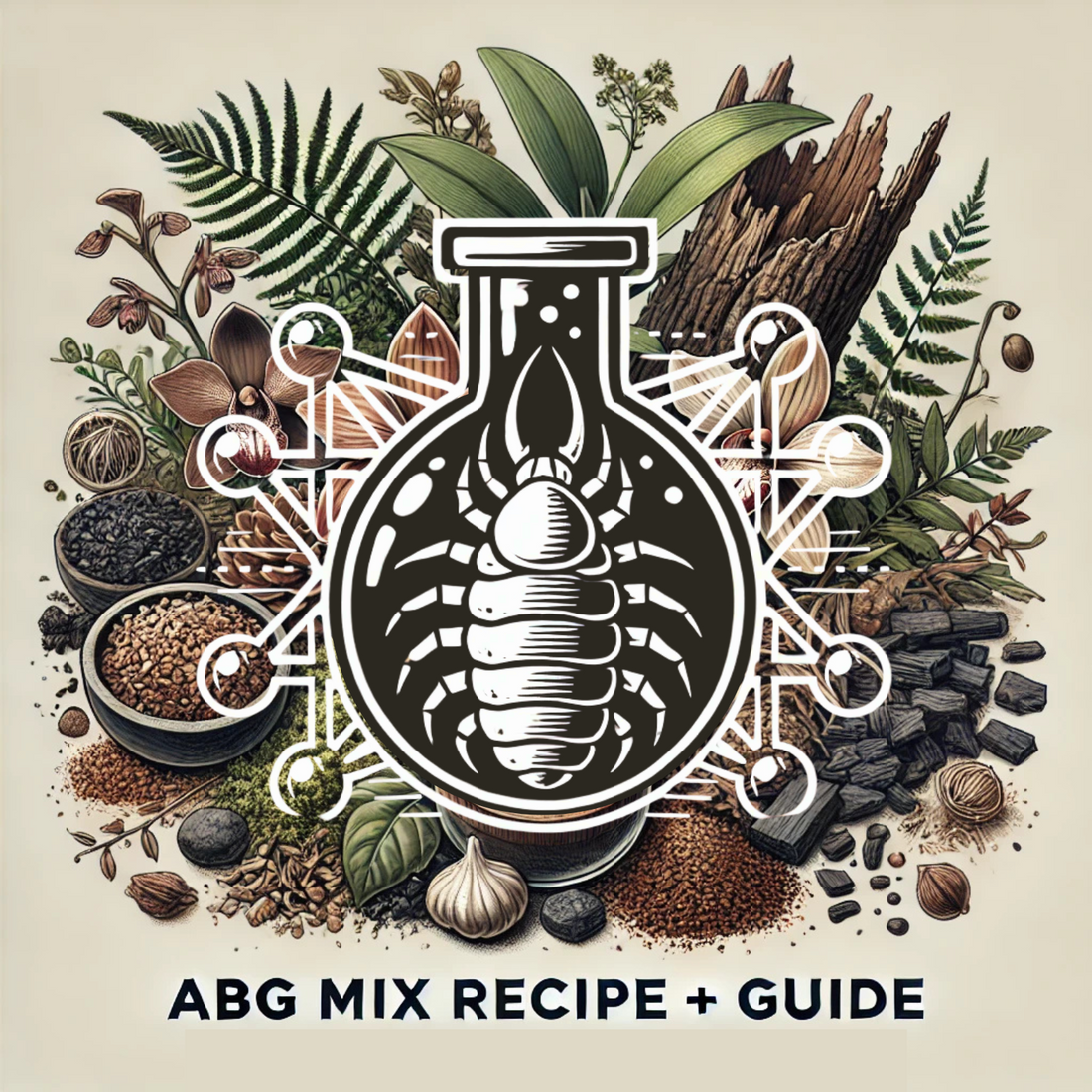
ABG Soil Mix Explained: What It Is & How to Make It at Home
Share
The Secret Behind Thriving Bioactive Setups? It’s in the Soil.
When it comes to building a healthy, self-sustaining tropical enclosure, not all substrates are created equal. That’s where ABG mix comes in. Originally developed by the Atlanta Botanical Garden, this time-tested soil blend has become a go-to foundation for bioactive enthusiasts around the world. Designed to retain moisture, support plant roots, and promote airflow, ABG mix is ideal for everything from dart frogs to geckos and invertebrates. In this blog, we’ll break down exactly what’s in it, why it works, and how you can make your own at home—no guesswork, just results.
Why ABG Mix Works So Well
ABG (Atlanta Botanical Garden) mix is engineered for optimal performance in high-humidity, planted enclosures. Its strength lies in its carefully balanced blend of organic and inorganic materials, each serving a specific purpose. The sphagnum moss and tree fern fiber retain moisture without becoming waterlogged, creating a humid environment essential for tropical species. Orchid bark and charcoal improve drainage and aeration, preventing root rot and supporting beneficial microbial life. The addition of leaf litter or top-layer organics completes the ecosystem, providing food and shelter for cleanup crews like isopods and springtails. This combination creates a breathable, moisture-regulating substrate that supports plant health, microfauna activity, and long-term stability—making it ideal for thriving bioactive environments.
What You’ll Need & How to Make It
Now that you understand why ABG mix is the gold standard for tropical bioactive setups, let’s get into the hands-on part. Making your own ABG mix is simple once you’ve gathered the right ingredients—and doing it yourself ensures quality and consistency in every batch. Below, we’ll break down exactly what you’ll need and walk you through the step-by-step process to create your own blend at home.
Ingredients for ABG Mix
A standard ABG mix consists of:
• 40% Tree Fern Fiber or Coco Husk Chips– Provides aeration and prevents compaction.
• 20% Milled Sphagnum Moss– Retains moisture and encourages plant root growth.
• 20% Orchid Bark (Fine or Medium Grade)– Adds structure and aeration.
• 10% Charcoal (Horticultural Grade)– Helps with drainage and prevents mold buildup.
• 10% Peat Moss or Coco Coir– Adds organic material for plant growth and moisture retention.
Instructions
1. Measure the Ingredients– Using the percentages above, mix the appropriate amounts based on how much substrate you need.
2. Mix Thoroughly– Combine all ingredients in a large container or tub to ensure an even mix.
3. Moisture Check– Lightly dampen the mix before using it in a terrarium to activate beneficial microbes and prevent excessive dryness.
Optional Additions
• Leaf Litter– Provides extra organic material for microfauna.
• Earthworm Castings– A natural fertilizer for plant growth.
• Sand– If you want additional aeration, but not required.
This mix works well for high-humidity enclosures and bioactive setups.
ABG mix has stood the test of time for a reason—it’s a tried-and-true foundation for tropical bioactive enclosures, supporting plant growth, microfauna, and long-term humidity control. By learning how to make it yourself, you’re not only saving money but also gaining full control over your setup’s quality and performance. Whether you’re building a dart frog habitat, a planted gecko terrarium, or just want to level up your enclosure game, a proper ABG mix is where it all begins. Keep experimenting, stay curious, and let your ecosystem thrive from the ground up.
